What is a DSLR Camera? Photography Basics Explained
Last Updated on
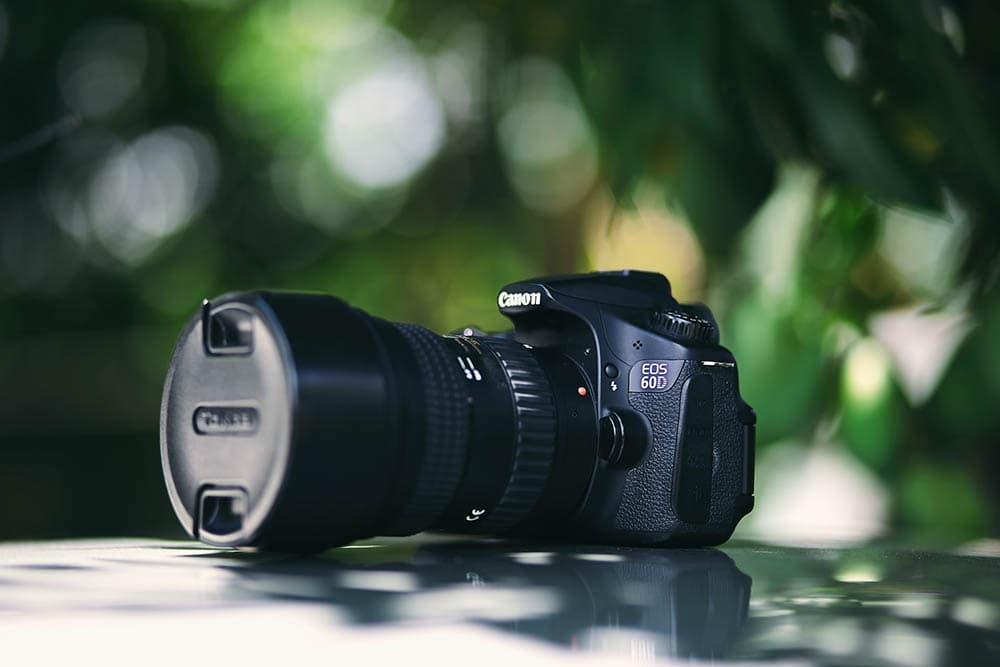
Digital Single-Lens Reflex (DSLR) cameras are some of the most popular options among all levels of photographers because of the stunning image quality they produce. Not only can they capture images with unparalleled speed, but they’re also well-loved for the flexibility they provide photographers with.
DSLR cameras are also fully modular, allowing you to interchange the lenses and a variety of other components. The huge array of customization options DSLR cameras provide are one of their greatest strengths, making them extremely versatile and capable of capturing state-of-the-art images.
DSLR cameras are known for producing professional quality images with true-color accuracy and intimate detail, which makes them great options for all types of photography. If you’re interested in using a DSLR camera and want to know how you can benefit from one, keep reading to find out more about their operation as well as some photography basics for using DSLR cameras.

How Does a DSLR Camera Work?
Understanding how a DSLR camera works is essential to taking incredible photos. Let’s dive into the basics of their operation so you can start bringing your creative visions to life.
- As you hold up your camera and start focusing on your shot, the sensor starts collecting the ambient light entering your lens. The amount of light that enters your camera is governed by the aperture size, which is a variable opening that allows a specified amount of light to enter your camera.
- The light that enters your camera hits a reflex mirror which reflects it into the optical viewfinder, allowing you to see your image before capturing it.
- When you capture the image, the reflex mirror will flip down and expose the image sensor, which collects the light. The shutter will then rapidly open and shut, effectively blocking the light once a set amount hits the sensor.
- The sensor then captures the light, resulting in your image. This data is then either “burned” onto sensitive photographic film or stored on an SD card.
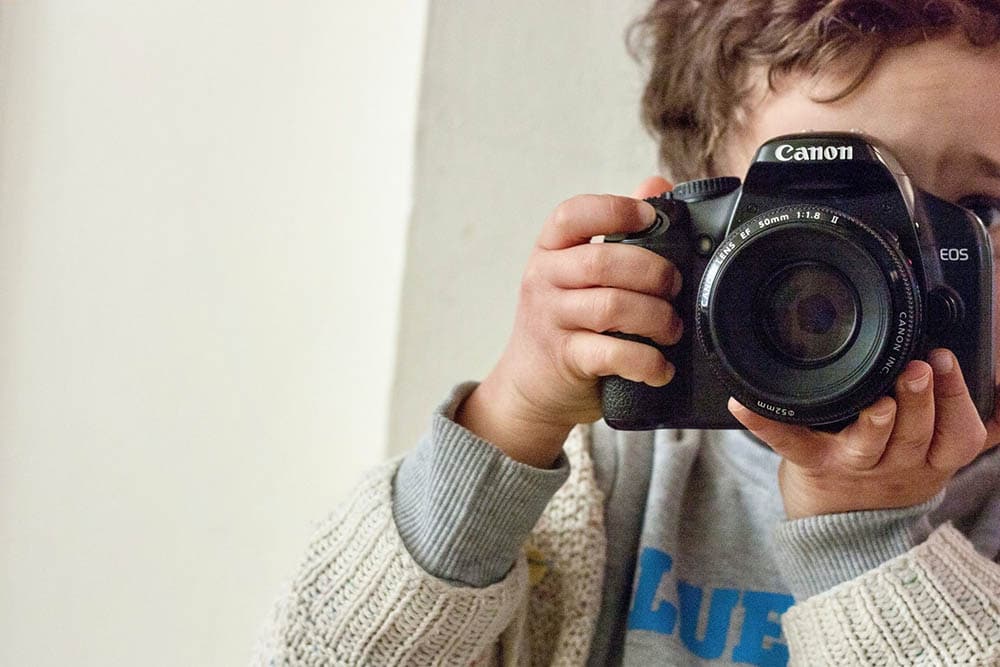
Types of DSLR Cameras
There are two main types of DSLR cameras, including full-frame and crop-sensor models. The only noticeable difference between these two variants is the sensor size, which affects how much light the camera is able to capture. The larger the sensor on your camera, the more pixels each image it captures contains. Thus, cameras with larger sensors are better at capturing sharp detail, even in low light conditions.
Full-Frame DSLR Cameras
Professional photographers tend to use full-frame DSLR cameras because of the higher image resolution they produce. The size of the sensor on this model is equivalent to 35mm film, which is relatively small compared to medium and large format cameras. Full-frame DSLR cameras are preferred due to the unparalleled clarity, sharpness, and detail they can capture. Additionally, the larger sensor reduces noise in the final image, giving full-frame DSLR cameras a huge advantage over others.
Crop Sensor DSLR Cameras
Crop sensor DSLR cameras have much smaller sensors than full-frame models. This leads to a “cropping” effect in your photos, which pulls the edges of them in, giving you a narrower field of view. This also reduces the focal length of your camera and lowers your image quality. However, crop sensor cameras tend to be less expensive, lighter, and more portable, making them great options for beginner or amateur photographers.

Advantages of DSLR Cameras
Image Quality
DSLR cameras are a popular choice amongst hobbyists and professional photographers due to the exquisite quality of images they produce. Taking a great photo is highly dependent on the amount of light your camera can capture, which is tied to the sensor size. DSLRs tend to have sensors that are magnitudes larger than point-and-shoot or mobile cameras, which improves image quality and reduces noise. DSLR cameras also have high megapixel counts, which determines the graphical resolution of the final image.
Another advantage most DSLR cameras have is their ability to capture photos in RAW file formats. Unlike JPG files, RAW files are uncompressed, unprocessed, and hold image data in the highest quality possible, with a wider dynamic range and color gamut. Because of this, the file size may be large, however, the quality of the image is not sacrificed. Having your pictures in RAW format is essential for capturing images with lossless quality and crisp, fine details.
Interchangeable Lenses
One of the biggest advantages of DSLR cameras is that they are completely modular, allowing you to interchange lenses and a variety of other components. This gives the photographer freedom to depict various scenes according to their own creative visions and gives them more control over the final output. For example, a wide-angle lens allows photographers to capture expansive landscapes and cramped spaces by exaggerating perspective.
However, a telephoto lens can be used to capture far-off details or wildlife that you otherwise wouldn’t be able to get close to. Interchangeable lenses also give photographers creative freedom by allowing them to manually adjust the exposure and aperture settings for the best shot.
Long Battery Life
DSLR cameras are great for long shoots due to their extended battery life. Most DSLR cameras have large, powerful batteries that allow you to snap photos continuously, with an average charge lasting up to eight hours. However, it is important to note that activities such as video recording may drain the battery faster than taking photos alone. You are also able to charge additional batteries in advance so that you never have to worry about running out of battery while on the go.
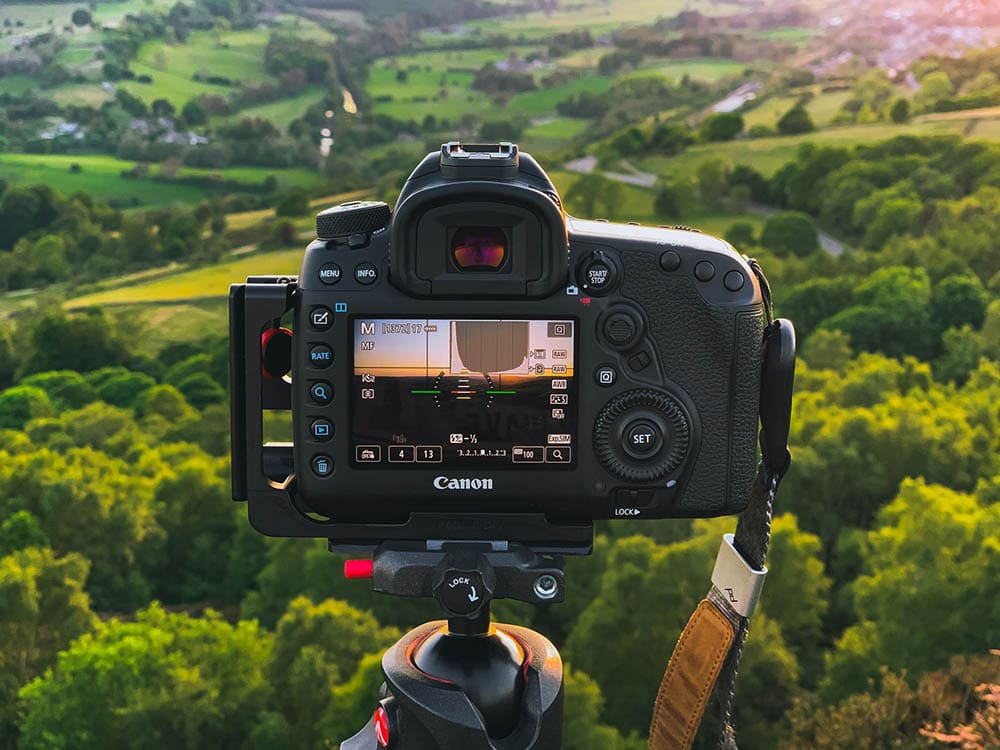
Optical Viewfinder
Rather than relying on a digital LCD screen, DSLR cameras allow users to view their shots through an optical viewfinder. This is advantageous because it allows photographers to see exactly what the lens sees. Optical viewfinders use a system of mirrors and prisms, much like a periscope, to direct light from the lens directly into the viewfinder.
Optical viewfinders are also unaffected by reflections, provide the exact perspective of the shot, eliminate time lag, and do not limit image resolution like LCD screens do. Moreover, using an optical viewfinder allows you to frame the perfect shot without turning your camera on, saving you a significant amount of battery life.
Low-Light Capability
DSLR cameras take the cake when it comes to shooting in low-light conditions due to their large sensor sizes. Additionally, the ability to interchange lenses can provide your camera with a higher aperture, allowing more light to enter it. This combination of sensor size and variable aperture allows DSLR cameras to capture fine details even in candlelit settings.
Durability
DSLR cameras are generally built with very durable materials and are meant to withstand the elements. Additionally, most buttons, knobs, and openings are sealed against the weather, allowing you to capture images in any scenario. This feature is particularly useful for combat and nature photographers, as well as journalists capturing scenes in the middle of live-action events.
Retained Resale Value
The demand for DSLR cameras is virtually constant, allowing them to retain most of their retail value when you resell them, especially when compared with other types of cameras. What’s even better is that various DSLR lenses and components also hold on to their value, allowing you to make some of your money back when upgrading parts or switching to a different camera.
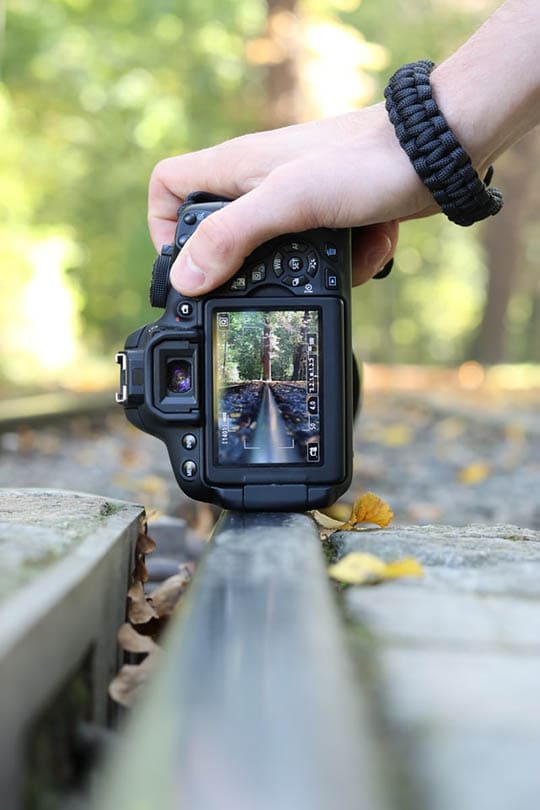
Disadvantages of DSLR Cameras
Steep Learning Curve
Operating a DSLR camera requires you to surpass a steep learning curve due to its manual nature. DSLR cameras are known for their excessive amounts of features, accessories, and shooting techniques, which can make them seem overwhelming and complex to beginners. However, there are plenty of free resources available to beginner photographers, so if you are willing to learn, you will definitely be rewarded with incredible shots.
Price
One of the greatest barriers to DSLR photography is how expensive the cameras are, with many of them being luxury purchases. Due to their higher quality and pricey inner components, a DSLR costs about $719 USD on average, although some may cost as much as $6,000 USD. This, of course, does not include the prices of additional lenses, external flashes, camera bags, SD cards, tripods, batteries, and the many other accessories compatible with DSLR cameras.
Ongoing Maintenance
Adding to the already hefty price of DSLR cameras is the cost of the ongoing maintenance necessary for them to function properly. Unless you are a professional, cleaning and regular maintenance should be done by experienced camera technicians, which incurs a cost. Keeping your DSLR camera in great condition is paramount to taking great photos, so this is one service that you should not skimp out on.
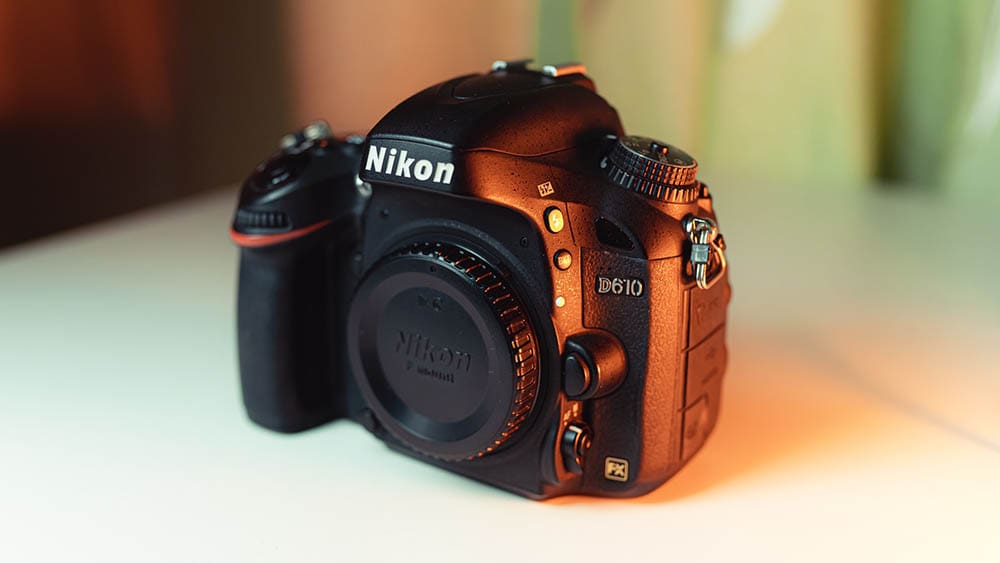
Large and Bulky
DSLR cameras are filled with lots of components, which generally make them large, heavy, and bulky. This can lead to neck or back strain, especially if you wear your camera around your neck or shoulders. This also negatively affects the portability of DSLR cameras, which makes them a pain to travel with.
Noise
Because most DSLR cameras use a mechanical shutter, they are prone to producing annoying noise every time you snap a photo. Additionally, the sound of the mirror flipping up and down to direct light at the sensor can be noisy. This may negatively affect photographers shooting wildlife, which can get spooked and run off in response to any unfamiliar sounds.

Frequently Asked Questions (FAQ)
What Accessories Should I Purchase for My DSLR Camera?
There are a huge number of accessories available for DSLR cameras that can be difficult to understand and navigate. Bulking up on accessories ensures that you are able to capture photos in any situation or setting. But, they can also be a pain to tote around. However, there are a few “must-have” items for any photographer, including:
- A sturdy, reliable camera bag
- A few basic lenses
- Extra rechargeable batteries
- A lens cleaning kit
- A rigid, adjustable tripod
- Multiple SD cards
- A remote shutter release
- A padded neck strap
- A polarizing filter
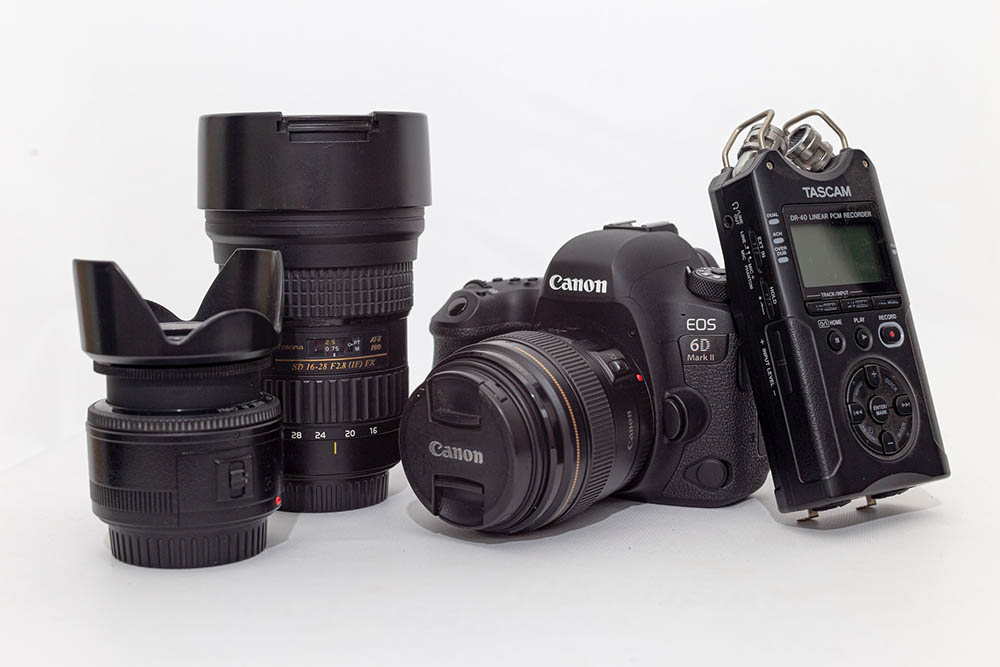
What Are the Best Lenses for My DSLR Camera?
Most amateur photographers are constrained to the lenses that come with their cameras, which are easy to outgrow. Having a collection of basic lenses opens up a whole new world of creative freedom and allows you to capture photos in new and exciting ways. Although there are hundreds of lens options, let’s dive into the basic lens types every serious photographer should keep in their kit.
“Nifty Fifty” Lenses
50mm lenses, also affectionately referred to as “nifty fifty” lenses, are some of the most popular and versatile lenses on the market. The focal length of these lenses not only allow you to capture frame-filling, intimate images, but also expanded environments in applications such as street photography.
The high shutter speed of these lenses also allows you to capture fast-moving subjects, such as athletes, wildlife, and vehicles. Another advantage of 50mm lenses is their ability to focus manually, allowing you to achieve visually pleasing and soft background blur reminiscent of professional shots.
Macro Lenses
Macro lenses are great options for photographers looking to capture tiny subjects such as flowers, insects, and other intricate items. Essentially, macro lenses make small subjects bigger, allowing you to capture even their finest details in unparalleled quality. Macro lenses aim to capture the subject at a 1:1 scale with the camera sensor so that their real size is highlighted.
Wide-Angle Lenses
Wide-angle lenses are characterized by a shorter focal length than most other lens types. This type of lens exaggerates the field of view of your images and expands their horizontal scope. As such, wide-angle lenses slightly distort images so that subjects closer to the camera are bigger than those that are further away. These lenses are particularly suitable for landscape or cityscape photography as they can capture expansive mountain ranges, brilliant sunsets, busy streets, and large crowds.
Another variant of this lens is the “ultra-wide angle” lens, which can capture everything within a 180-degree frame. Ultra-wide-angle lenses are also known as “fish-eye” lenses because of their exaggerated perspective distortion, making them a popular choice amongst cinematographers.
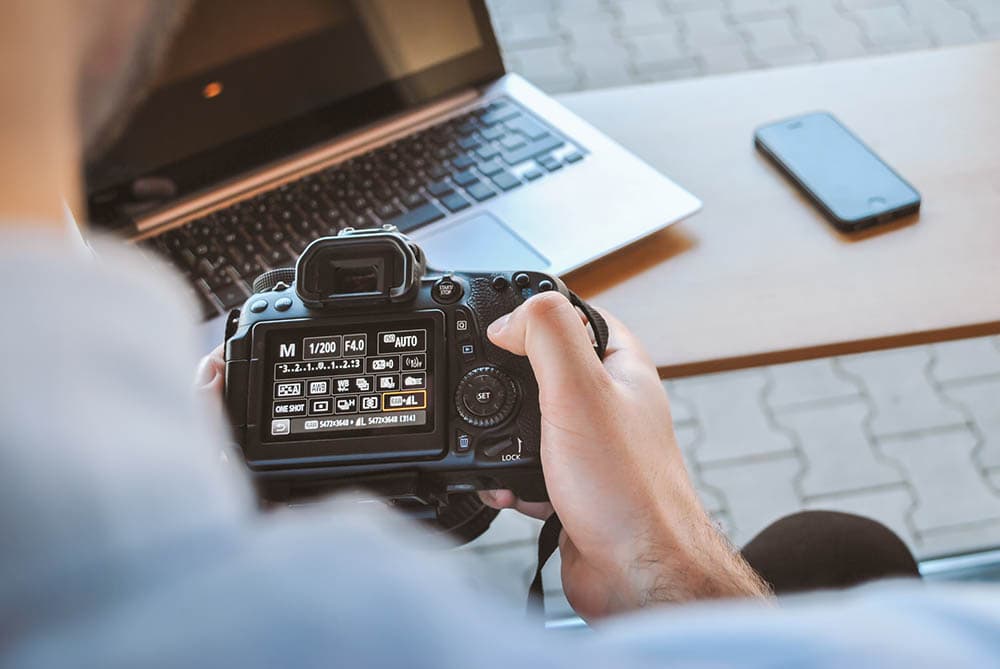
How Do I Maintain My DSLR Camera?
Proper maintenance is paramount when it comes to ensuring your DSLR camera functions as intended. If you want to maintain your camera’s resale value and enjoy it for years to come, be sure to follow these tips.
Keep Your Camera Away From Water
Although most DSLR cameras are resistant to water, it is best to keep them away from it. Not only can water damage affect your camera’s internal components, but it can also cause rusting and leave some buttons dysfunctional.
Clean Your Camera
DSLR cameras are incredibly sensitive and easily attract dirt, sand, and dust. As such, it is important to clean your camera, especially its lenses, with a cloth. You should also keep your camera in a durable bag when not in use and deep clean it every few weeks to ensure it stays protected.
Take Care of Your Batteries
The lithium batteries that come with DSLR cameras generally have a lifetime of 500 charging cycles and lose their maximum capacity over time. Once you notice your battery life going down, it is important to purchase a new battery for optimal performance.
Keep Your Camera Out of The Heat
Never store your camera in direct sunlight or high temperatures, as this could cause some of the internal components to malfunction. This can also degrade your camera’s battery life much quicker.
Purchase an Extended Warranty
DSLR cameras are a luxury item and incredibly expensive. As such, it is important to cover them with an extended warranty plan. Most DSLR cameras come with limited manufacturer warranties, but these warranties eventually run out. Covering your DSLR with an extended warranty is essential as it also protects you against flash failure, charging issues, lens malfunctions, and more.

Conclusion
In summary, DSLR cameras are a great option for beginner and professional photographers alike. Although they can be a bit pricey, they produce images with unparalleled clarity, quality, and true-color accuracy. DSLR cameras are also incredibly versatile and are suitable for all kinds of scenarios, whether you’re interested in portraiture, photojournalism, sports, fashion, still-life, architectural, or editorial photography. The crowning feature of DSLR cameras is their modularity and the array of customization options available to them, enabling you to capture your wildest creative visions with ease.
Whether you choose to use a DSLR camera or otherwise, it is important to remember that great pictures are heavily determined by the skills of the photographer rather than the power of the camera. We hope that this guide to DSLR cameras and the essential photography basics has ignited your interest and passion for the field. By understanding the basics of DSLR cameras and the options available to you, you’ll be well on your way to capturing incredible photos in no time!
Featured Image Credit: Oscar Ivan Esquivel Arteaga, Unsplash
About the Author Robert Sparks
Robert’s obsession with all things optical started early in life, when his optician father would bring home prototypes for Robert to play with. Nowadays, Robert is dedicated to helping others find the right optics for their needs. His hobbies include astronomy, astrophysics, and model building. Originally from Newark, NJ, he resides in Santa Fe, New Mexico, where the nighttime skies are filled with glittering stars.
Related Articles:
What Is the Best Binocular Magnification for Hunting? Optical Features Explained
How to Clean a Refractor Telescope: Step-by-Step Guide
How to Clean a Telescope Eyepiece: Step-by-Step Guide
How to Clean a Rifle Scope: 8 Expert Tips
Monocular vs Telescope: Differences Explained (With Pictures)
What Is a Monocular Used For? 8 Common Functions
How to Clean a Telescope Mirror: 8 Expert Tips
Brightfield vs Phase Contrast Microscopy: The Differences Explained
